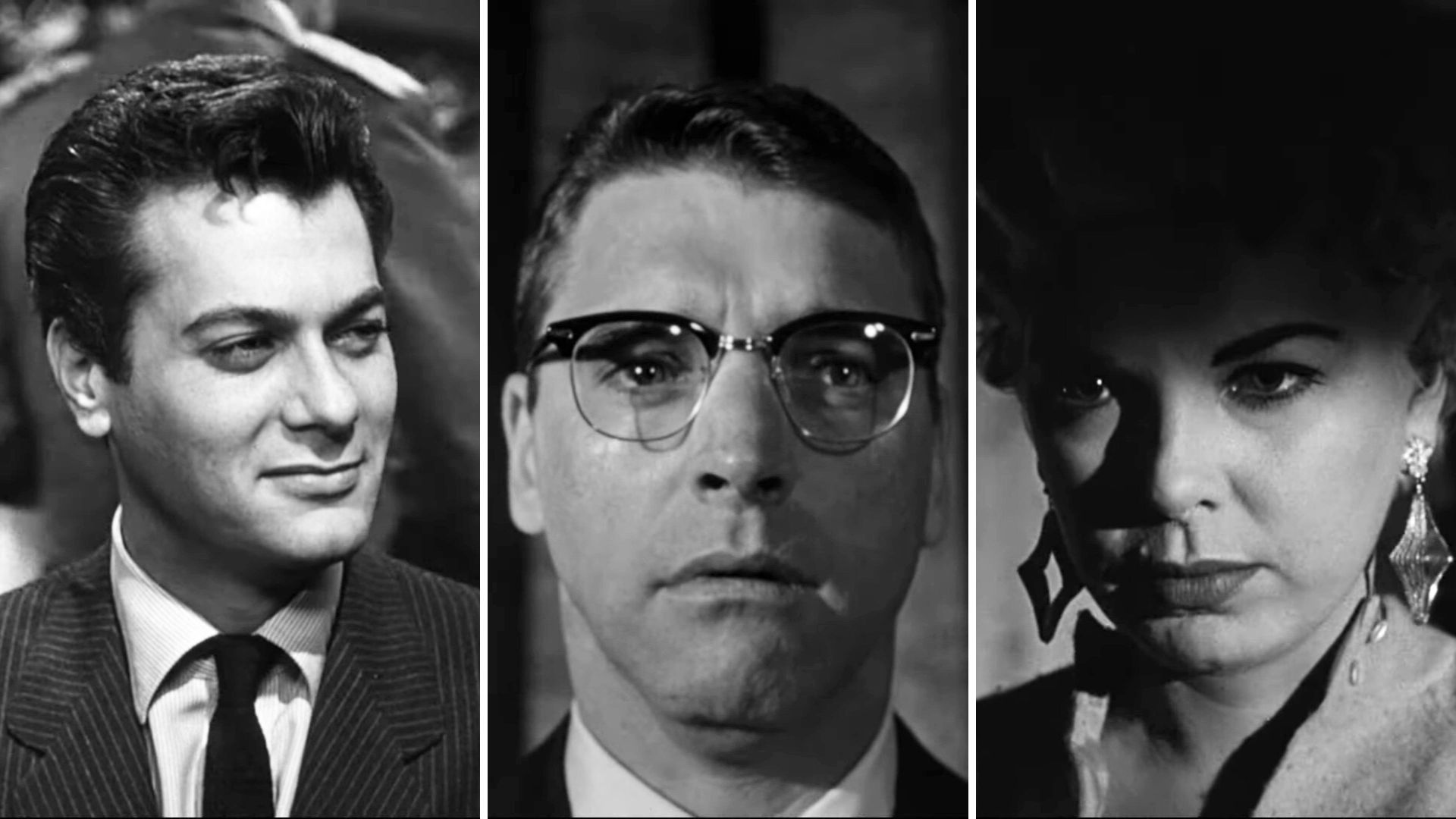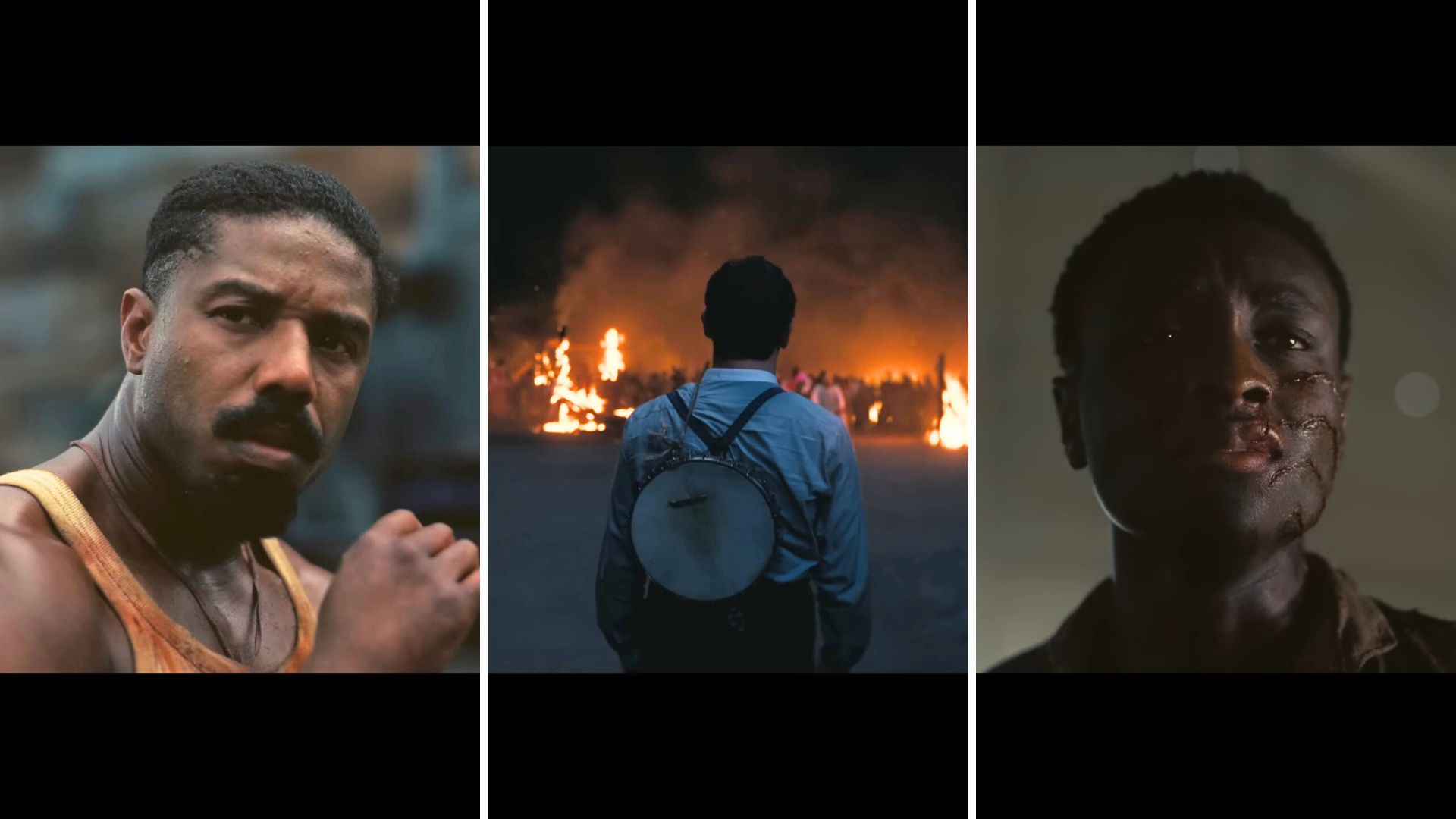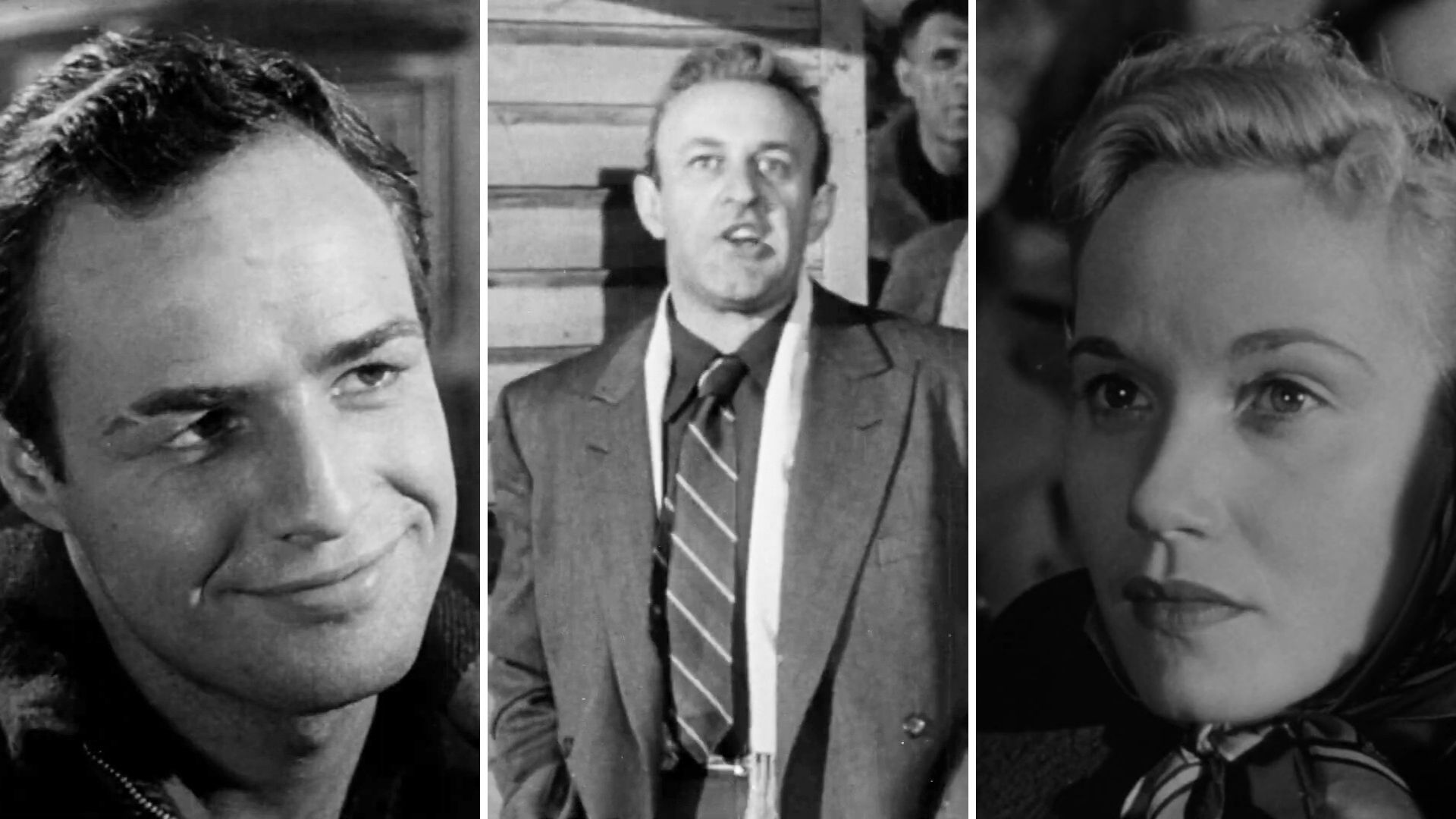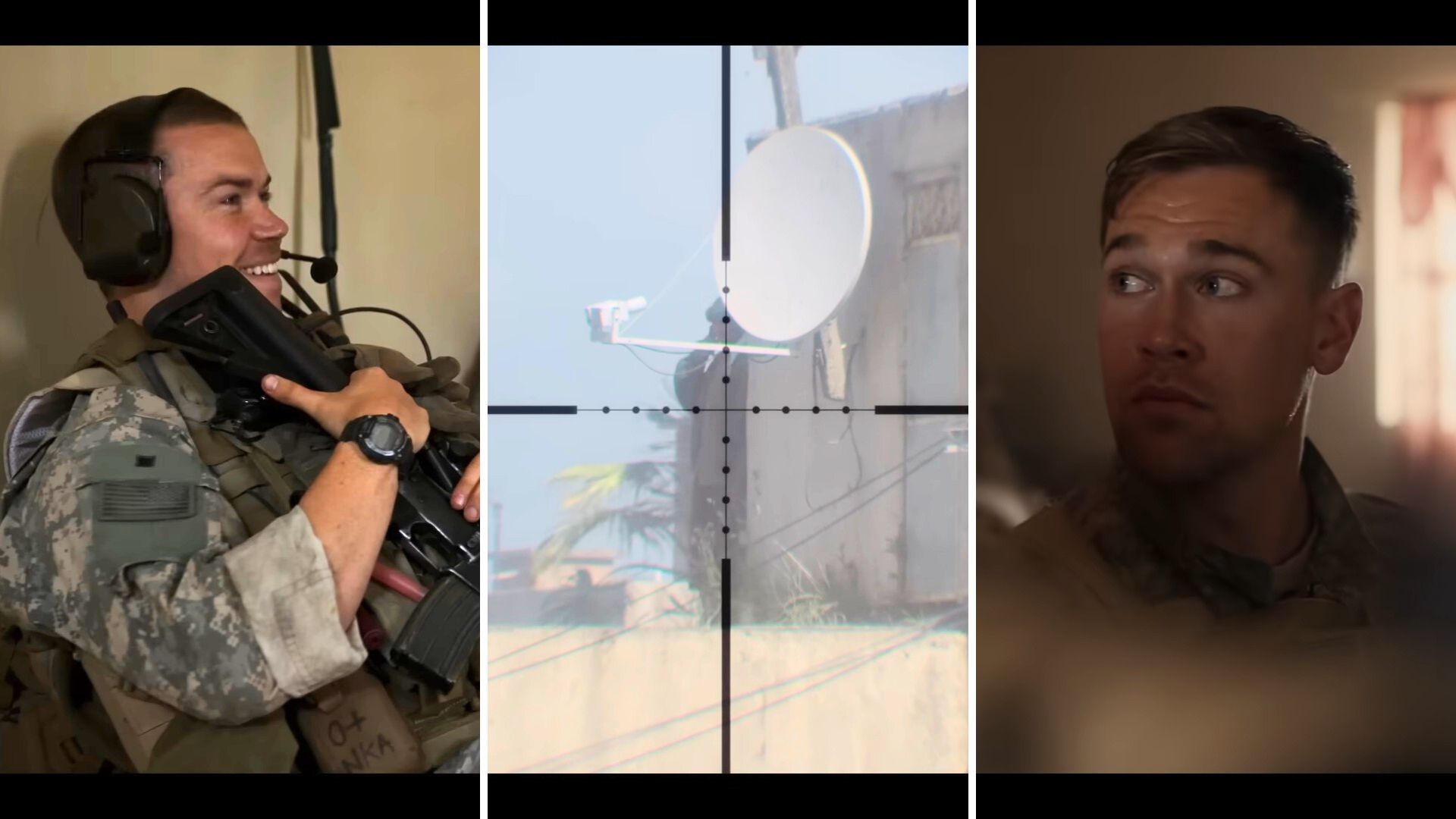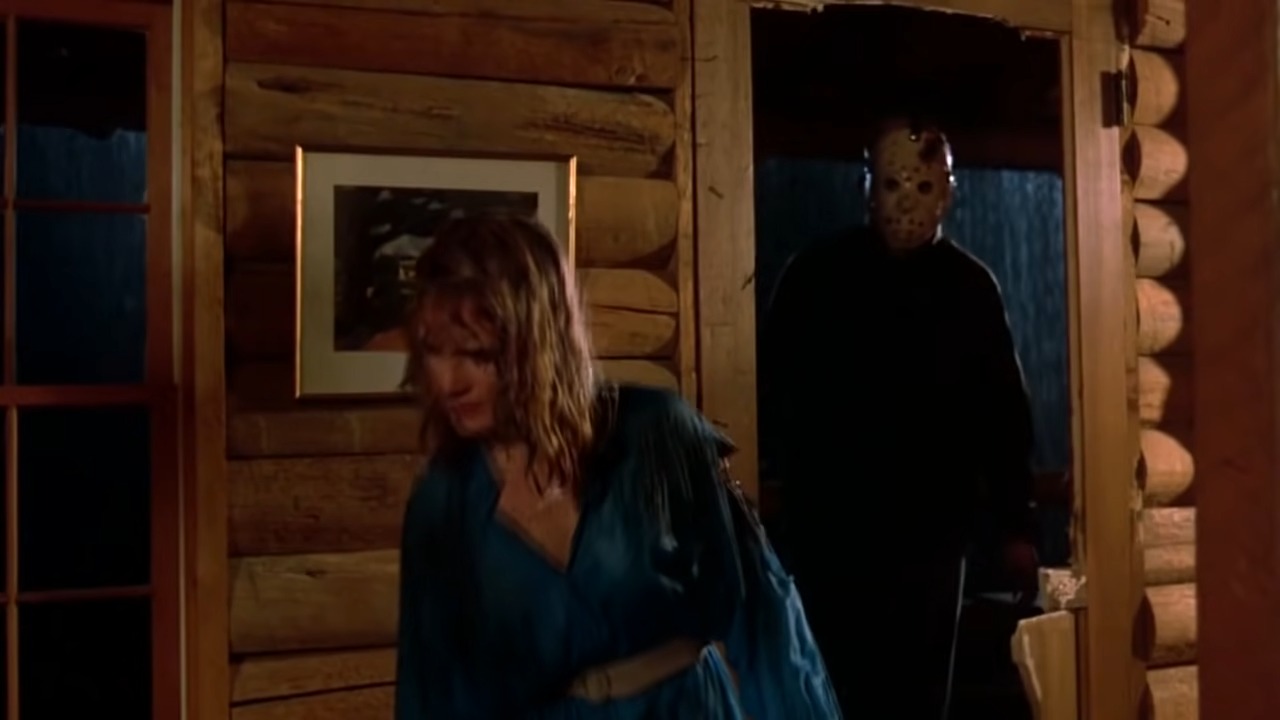
Friday the 13th the final chapter, despite its name’s implication, is only the fourth film in the twelve-film series. The Final Chapter introduces Tommy Jarvis to the series. Tommy is played by Corey Feldman in this first iteration and is featured in the three subsequent films.
Friday the 13th The Final Chapter is our favorite film in the Friday the 13th Franchise. The film features some of the best kills from Jason, expands on his mythos, and perfectly emulates the vibe of a summer slasher flick.
Out of the Camp, Still at the Lake
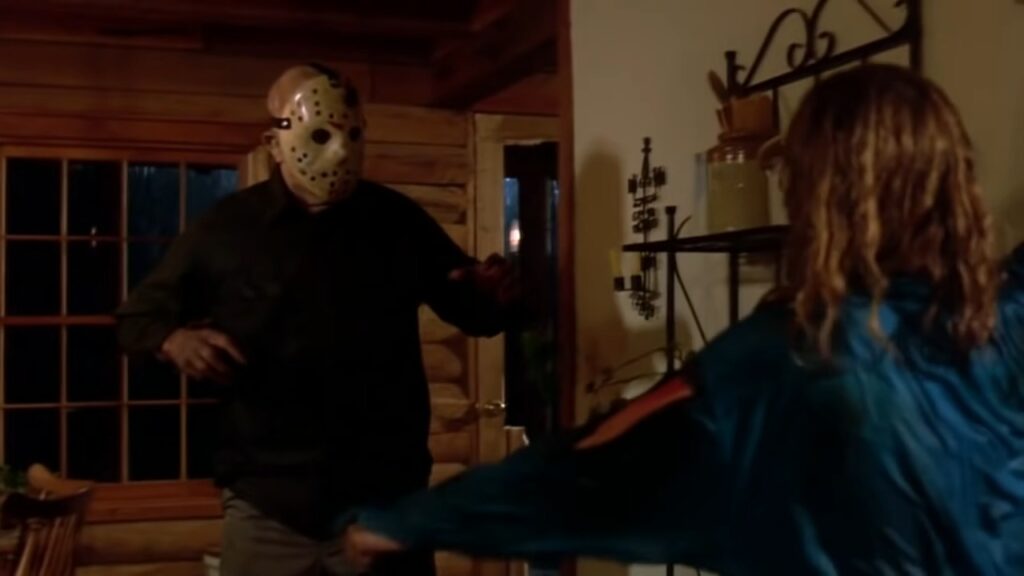
The first three films in the series vary in quality. They each have their fun moments but ultimately they all rely on some sort of gimmick. The first film purposefully wrong-foots the audience and makes Jason’s mother the killer. This twist is one of the greatest in horror cinema but it makes the movie more of an origin story than a standard slasher.
The second and third films make Jason the killer but they rely heavily on building the mythos or 3D technology. Friday the 13th The Final Chapter can shed all these gimmicks and focus on just making a great slasher movie. The film is wisely set away from the Camp aesthetic and instead focuses on a group of young teen vacationers.
The Final Chapters Excellent Casting

Friday the 13th The Final Chapter does an amazing job with its casting decisions. Rather than just focus on one group, the film follows two sets of characters. The first is a family who lives close to Crystal Lake and the second is a group of teens there for a weekend getaway.
Creating a dual narrative like this allows the film to be both a teen slasher and a familial tragedy. Corey Feldman is the standout here as Tommy Jarvis but the rest of the cast is just as excellent. The teen vacationers are littered with slasher tropes. There’s the virgin, the horny loof, and even a set of gorgeous teen girls that show up. Had the film just focused on this group The Final Chapter would have been nothing more than a standard teen slasher. However, adding in the familial element elevates the movie above its peers.
Killing the Final Girl
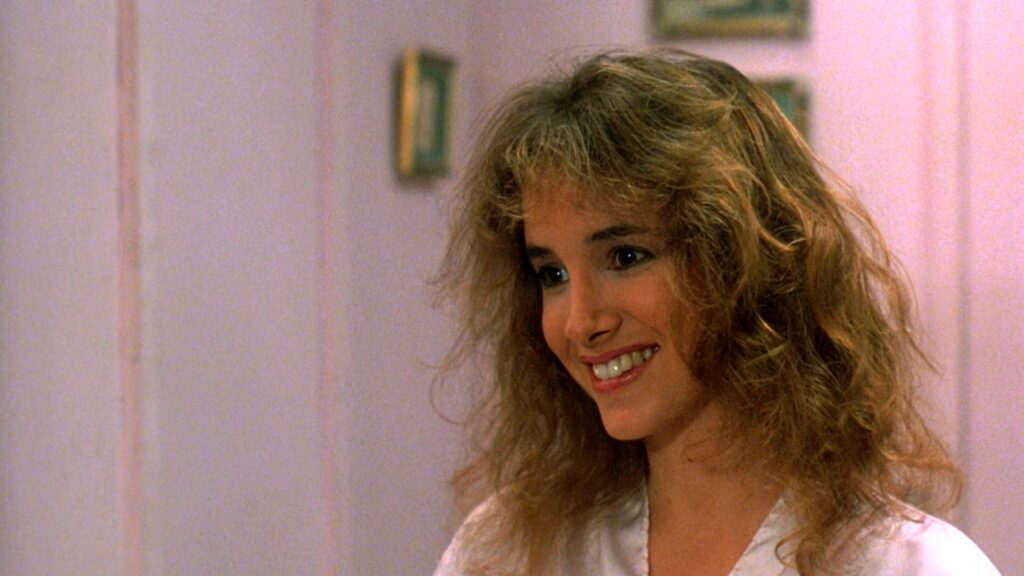
The first three films in the series all feature the standard final girl trope. Each film does this well but by the fourth installment, it had become commonplace enough for the audience to expect it. The Final Chapter introduces us to what we all assume will be the final girl. Barbara Howard as the young virgin Sara Parkington. She is a part of the group of teens vacationing at the lake and she is shy, cute, and conservative. She perfectly encapsulates everything we expect from a final girl. Jason then brutally kills her with about 20 minutes of runtime left along with the rest of her friends.
Friday the 13th The Final Chapter doesn’t totally do away with the final girl trope. Tommy’s older sister Trish does make it to the end credits but she feels much more like a red herring than a typical final girl. She is the older sister, the protector of Tommy, and while she does her job well it is ultimately Tommy who’s able to distract Jason and defeat him in the end.
PTSD and Family Tragedy

Trish and Tommy are the final survivors of the film but their survival comes at a great cost. Earlier films in the series dealt with themes of survivor guilt and post-traumatic stress but the execution is different here. Tommy and Trish aren’t the main targets of immortal serial killer Jason. They are just a family living adjacent to a property full of horny teens. Jason’s favorite target. This makes their traumatic experience with the killer less about their shortcomings and more closely tied to real-world trauma where there is no easy explanation for the horrible things one has to witness.
Wes Craven’s 1996 classic Scream acutely details the tropes and reasoning behind slasher flicks. Jamie Kennedy’s character provides disturbing context for those who are going to be killed and why. This exposition, while fun and lighthearted in the sense of the film, does boil down to standard victim blaming. The hot girl gets murdered because she’s a slut. The macho guy gets killed because he’s blissfully unaware of the situation’s seriousness. And some victims die just because they state their intention to return to the party.
Breaking Slasher Movie Rules
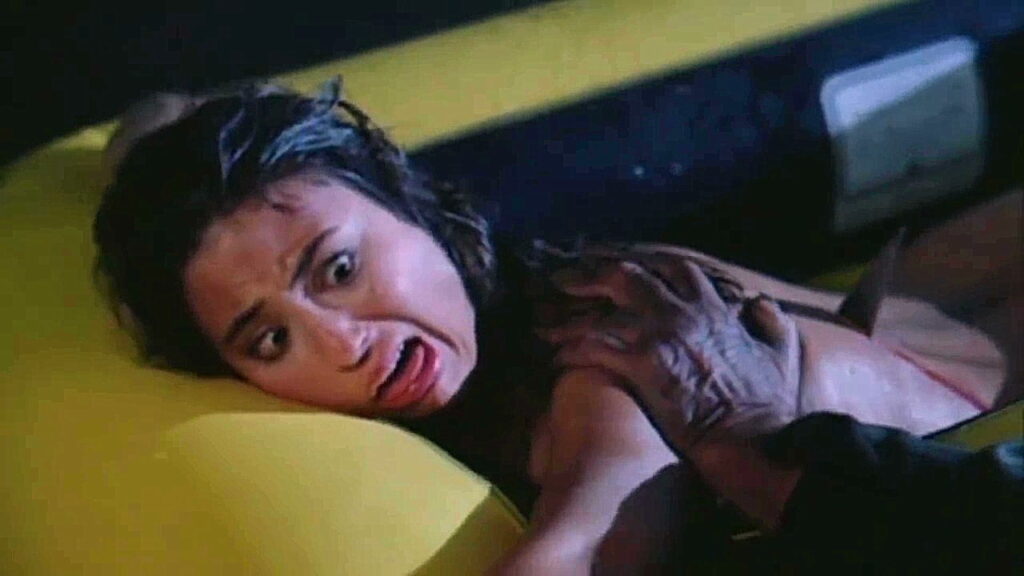
In Friday the 13th The Final Chapter, the film allows all these tropes to play out with the group of teens. They all meet their ends in gruesome ways due to their ignorance or promiscuous lifestyle. But Tommy and Trish survive not because they follow the rules, but because they live outside of them.
Tommy and Trish, much like Dante in Clerks, aren’t even supposed to be here. Jason is after the horny teens. Tommy and Trish are just indirect targets in the wrong place at the wrong time. This makes their inclusion and survival all the more compelling. Friday the 13th The Final Chapter knew the rules and broke the rules interestingly and satisfyingly.
Friday the 13th The Final Chapter Legacy
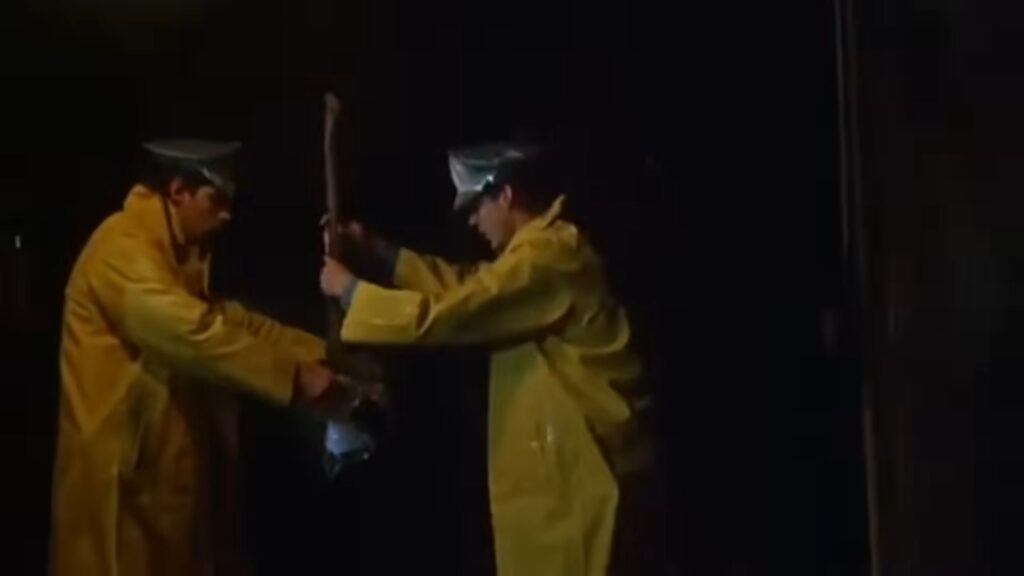
The Friday the 13th series contains many films all of varying degrees of quality. Some of the films are classics like the original and some are borderline exploitation films like the fifth. The Final Chapter is able to narrowly tread the line between entertainment and exploitation. The film works great as an entry into the series and even better as a slasher movie.
Jason has been to space, fought Freddy, and come back to life more times than one can count. But it’s his outing against a group of horny teens and a family caught in the middle that proves the most satisfying. Friday the 13th The Final Chapter may not have reinvented the genre, but it’s a standout film in a series with widely varying degrees of quality.




